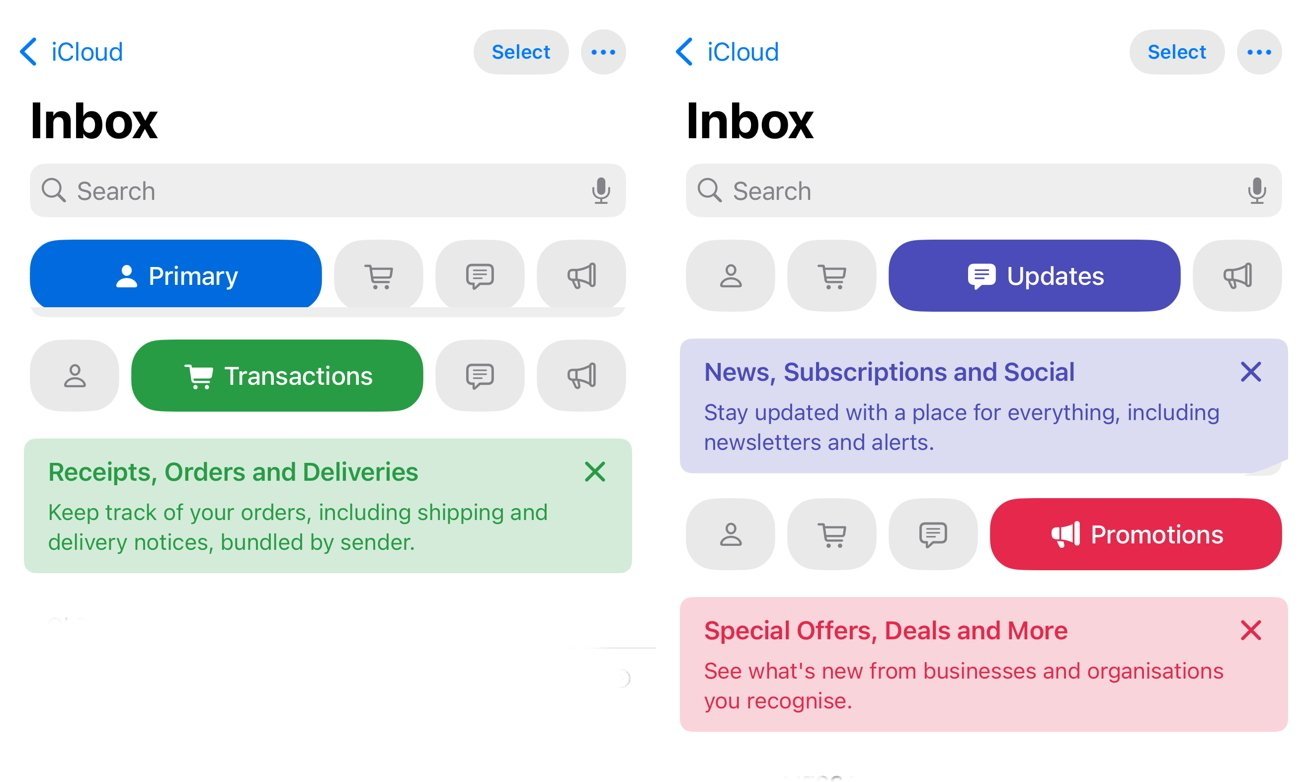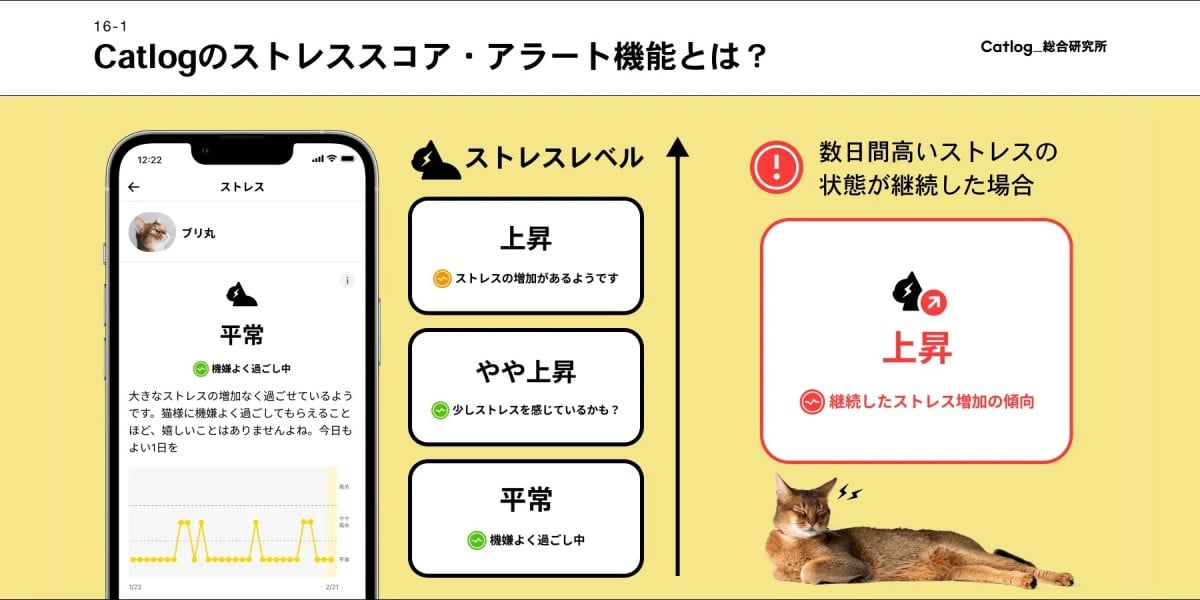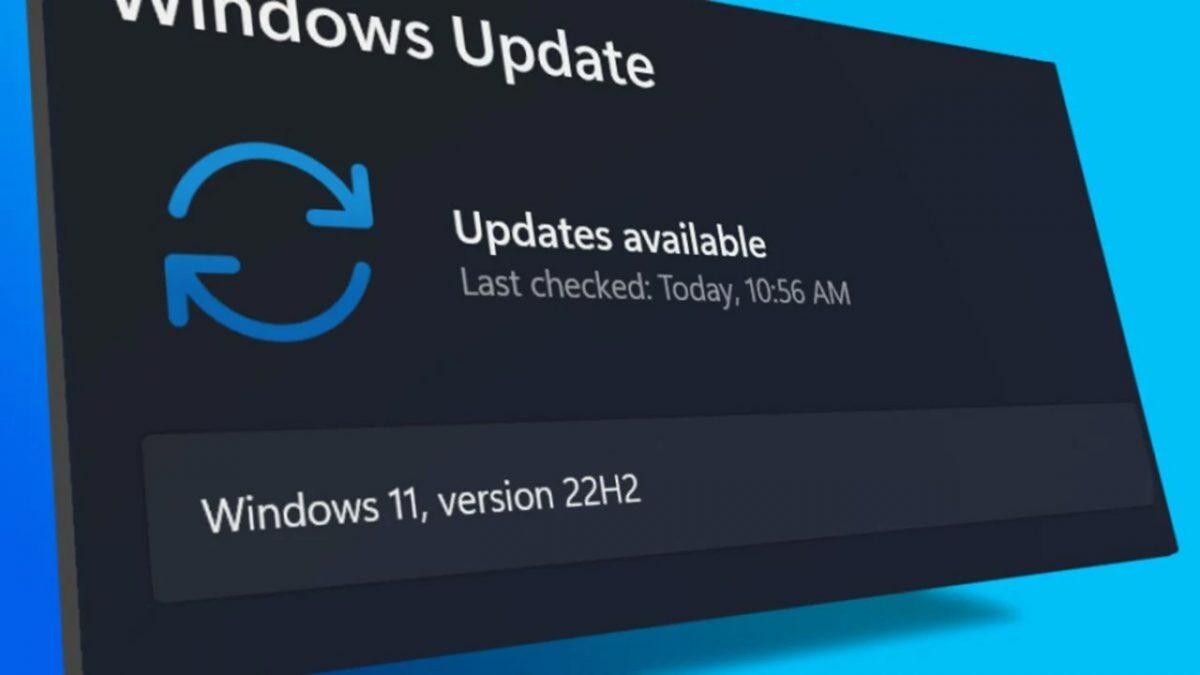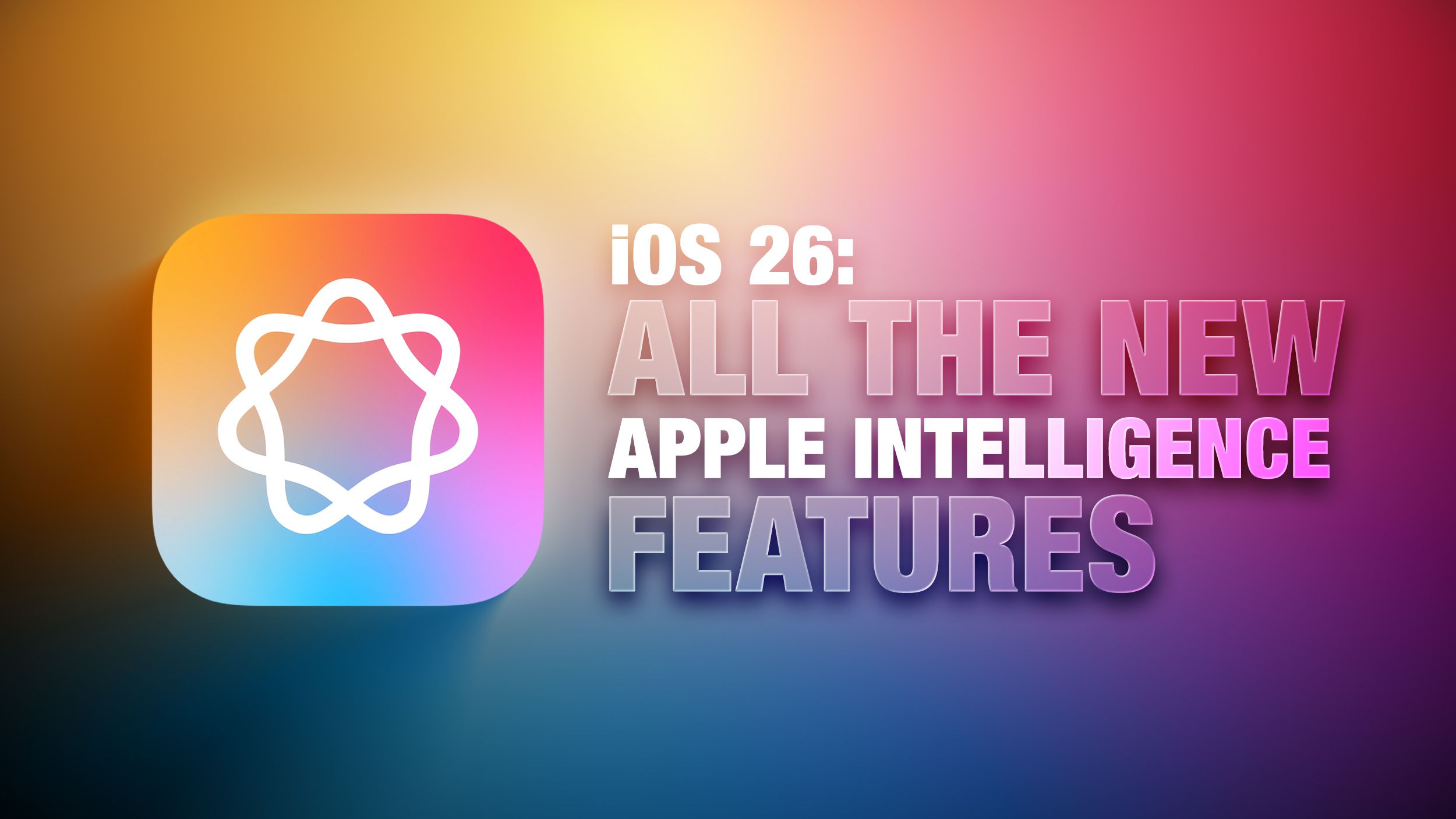How to Merge CSV and JSON Data in Python?
In this article, we will explore how to write a Python function that merges data from both CSV and JSON files into a single summary data structure, followed by writing that data to a unified output file. Merging data from different formats such as CSV and JSON can be common in data processing tasks, especially when combining datasets for analysis. Understanding the Issue When you're working with multiple data sources like CSV and JSON, you may find it necessary to consolidate the data into a single structure. Each format has its own characteristics—CSV is a flat file structure often used for tabular data, while JSON allows for nested structures, making it suitable for more complex datasets. This can lead to confusion if you're not sure how to manipulate these formats within Python. Requirements Before we begin, ensure you have the pandas library installed, as it simplifies data manipulation significantly. You can install it using pip: pip install pandas Step-by-Step Guide to Merging CSV and JSON Data 1. Import Required Libraries First, we need to import the necessary libraries. For our merging task, we will need pandas for handling CSV and JSON data. import pandas as pd import json 2. Read Data from CSV and JSON Files Next, we’ll define a function to read the data from both a CSV and a JSON file. We will use pd.read_csv() for CSV files and pd.read_json() for JSON files. def read_data(csv_file, json_file): csv_data = pd.read_csv(csv_file) json_data = pd.read_json(json_file) return csv_data, json_data 3. Merge the Dataframes Now that we have both datasets loaded, we’ll merge them. Depending on your requirements, you may want to use different types of merges (inner, outer, left, or right). Here, we'll perform an inner merge, assuming both datasets have a common column on which they should be merged. def merge_data(csv_data, json_data, on_column): merged_data = pd.merge(csv_data, json_data, on=on_column, how='inner') return merged_data 4. Write Merged Data to a File Finally, we will write the merged data back into a single file, either as a new CSV or JSON file. def write_data(merged_data, output_file): merged_data.to_csv(output_file, index=False) # Write to CSV # Alternatively, you can use this to write to JSON: # merged_data.to_json(output_file, orient='records', lines=True) Complete Merge Function Putting it all together, here is how your entire function might look: def merge_csv_json(csv_file, json_file, output_file, on_column): csv_data, json_data = read_data(csv_file, json_file) merged_data = merge_data(csv_data, json_data, on_column) write_data(merged_data, output_file) Example Usage You can utilize this function as follows: if __name__ == '__main__': merge_csv_json('data.csv', 'data.json', 'merged_output.csv', 'id') In this example, we assume that both data.csv and data.json files share a common key column named id used for merging. Frequently Asked Questions (FAQ) Q: What if my CSV or JSON files have different schemas? A: You might need to preprocess either dataset to ensure they have matching columns before merging. Q: Can I merge more than two files? A: Yes, you can extend the logic with additional merge calls or read multiple files in a loop. Q: What output formats can I use? A: You can write to both CSV and JSON formats by using the appropriate method from pandas. Conclusion Merging CSV and JSON data in Python is straightforward with the help of the Pandas library. By following these steps, you create a powerful tool for data analysis that can combine numerous datasets into a single coherent structure ready for output. This method ensures you're not only able to print data to the console but also combine it efficiently into a usable form.

In this article, we will explore how to write a Python function that merges data from both CSV and JSON files into a single summary data structure, followed by writing that data to a unified output file. Merging data from different formats such as CSV and JSON can be common in data processing tasks, especially when combining datasets for analysis.
Understanding the Issue
When you're working with multiple data sources like CSV and JSON, you may find it necessary to consolidate the data into a single structure. Each format has its own characteristics—CSV is a flat file structure often used for tabular data, while JSON allows for nested structures, making it suitable for more complex datasets. This can lead to confusion if you're not sure how to manipulate these formats within Python.
Requirements
Before we begin, ensure you have the pandas library installed, as it simplifies data manipulation significantly. You can install it using pip:
pip install pandas
Step-by-Step Guide to Merging CSV and JSON Data
1. Import Required Libraries
First, we need to import the necessary libraries. For our merging task, we will need pandas for handling CSV and JSON data.
import pandas as pd
import json
2. Read Data from CSV and JSON Files
Next, we’ll define a function to read the data from both a CSV and a JSON file. We will use pd.read_csv() for CSV files and pd.read_json() for JSON files.
def read_data(csv_file, json_file):
csv_data = pd.read_csv(csv_file)
json_data = pd.read_json(json_file)
return csv_data, json_data
3. Merge the Dataframes
Now that we have both datasets loaded, we’ll merge them. Depending on your requirements, you may want to use different types of merges (inner, outer, left, or right). Here, we'll perform an inner merge, assuming both datasets have a common column on which they should be merged.
def merge_data(csv_data, json_data, on_column):
merged_data = pd.merge(csv_data, json_data, on=on_column, how='inner')
return merged_data
4. Write Merged Data to a File
Finally, we will write the merged data back into a single file, either as a new CSV or JSON file.
def write_data(merged_data, output_file):
merged_data.to_csv(output_file, index=False) # Write to CSV
# Alternatively, you can use this to write to JSON:
# merged_data.to_json(output_file, orient='records', lines=True)
Complete Merge Function
Putting it all together, here is how your entire function might look:
def merge_csv_json(csv_file, json_file, output_file, on_column):
csv_data, json_data = read_data(csv_file, json_file)
merged_data = merge_data(csv_data, json_data, on_column)
write_data(merged_data, output_file)
Example Usage
You can utilize this function as follows:
if __name__ == '__main__':
merge_csv_json('data.csv', 'data.json', 'merged_output.csv', 'id')
In this example, we assume that both data.csv and data.json files share a common key column named id used for merging.
Frequently Asked Questions (FAQ)
Q: What if my CSV or JSON files have different schemas?
A: You might need to preprocess either dataset to ensure they have matching columns before merging.
Q: Can I merge more than two files?
A: Yes, you can extend the logic with additional merge calls or read multiple files in a loop.
Q: What output formats can I use?
A: You can write to both CSV and JSON formats by using the appropriate method from pandas.
Conclusion
Merging CSV and JSON data in Python is straightforward with the help of the Pandas library. By following these steps, you create a powerful tool for data analysis that can combine numerous datasets into a single coherent structure ready for output. This method ensures you're not only able to print data to the console but also combine it efficiently into a usable form.












































































































































































![[The AI Show Episode 156]: AI Answers - Data Privacy, AI Roadmaps, Regulated Industries, Selling AI to the C-Suite & Change Management](https://www.marketingaiinstitute.com/hubfs/ep%20156%20cover.png)
![[The AI Show Episode 155]: The New Jobs AI Will Create, Amazon CEO: AI Will Cut Jobs, Your Brain on ChatGPT, Possible OpenAI-Microsoft Breakup & Veo 3 IP Issues](https://www.marketingaiinstitute.com/hubfs/ep%20155%20cover.png)
























































































































![[DEALS] 1min.AI: Lifetime Subscription (82% off) & Other Deals Up To 98% Off – Offers End Soon!](https://www.javacodegeeks.com/wp-content/uploads/2012/12/jcg-logo.jpg)





























































































































































































































































![Mercedes, Audi, Volvo Reject Apple's New CarPlay Ultra [Report]](https://www.iclarified.com/images/news/97711/97711/97711-640.jpg)




































































